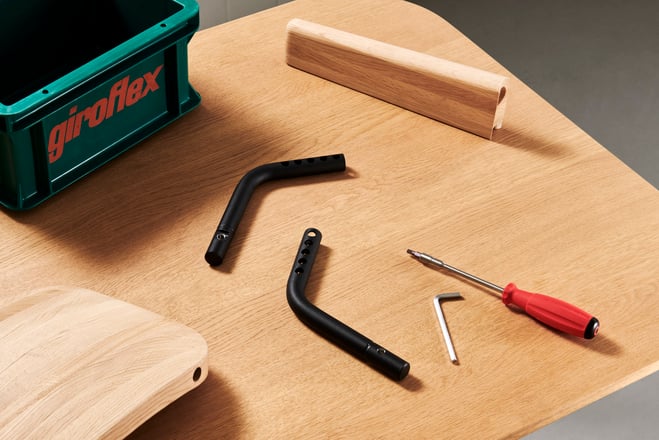Product life extension is all about maximising a product's utilization rate and is a crucial element of a circular economy. Making something last longer reduces the rate of replacements, and in turn, reduces energy and resource consumption. This makes product life extension an essential element of creating a circular economy.
The furniture industry faces a significant challenge when it comes to ensuring product lives are lived to the max. When office furniture begins to show signs of use through wear and tear, stains, and breakages, it often enters the municipal waste stream, ultimately ending up in landfill or incineration. A 2017 survey by the United States EPA estimates that up to 8.5 million tonnes of office assets end up in US landfills annually, of which furniture is a major component –this is both a domestic and commercial problem. In the UK, approximately 1.8 million office chairs end up in landfill annually according to the Waste & Resources Action Programme (WRAP) according to figures published in 2011.
The linear model, often referred to as “fast furniture”, is incredibly wasteful not only in materials but also in the loss of energy and labour imprinted during manufacture and lost at the point of disposal. And this isn’t just happening with furniture. If we take the ordinary shoe as an example. 100 years ago, if your shoe was broken, you would take it to the cobbler – a new heel, fresh laces, resoling, polish, and buff. Today, you throw away the shoe and buy a new one. And the shoes are designed this way. As with many elements of a circular economy, ensuring life extension possibilities of products such as furniture begins at the design stage – a product must be designed to live longer to enable it.
Read - what does circular design actually mean?
Designing furniture to live longer
There are several great ways you can design furniture to ensure it lives longer, these include:
-
Creating furniture that is modular
-
Enabling special features, i.e headrests, armrests, to be added or retrofitted
-
Use standardised fastenings in easily accessible places to allow for dismantling and repair
-
Do not use glues or staples with fabrics, to allow for removal for cleaning, or refurbishment
-
Allow for material separation to enable identification for recovery and recycling at end of life
With the steady transition towards a more circular economy, it is clear that relying on recycling is not the only answer to dealing with waste. Prolonging the life of products such as furniture ensures that energy, materials and labour is not wasted, and is a key principle when it comes to developing a closed loop economy and reducing the amount of resources we as a species consume.
Making Flokk products live longer
Product life extension is a crucial aspect of how we design our furniture; it even features in our circular design philosophy. We also want to make it as easy as possible for everyone using Flokk chairs to proactively extend the life of their chairs.
Our ever-growing video catalogue of repair guides provides easy-to-understand help on assembly, repairs and refurbishment of our most popular chairs, with new videos added regularly. Our lengthy guarantees, up to 10 years on some products, provide free of charge repair for parts that are damaged or not working properly through our network of distributors. We also have published an online guide providing help and advice on cleaning and maintaining the full catalogue of materials that we use on our chairs.
If you’d like to learn more about furniture life extension, or anything at all about transitioning to a circular economy, reach out to us right here and we’d be happy to chat.


